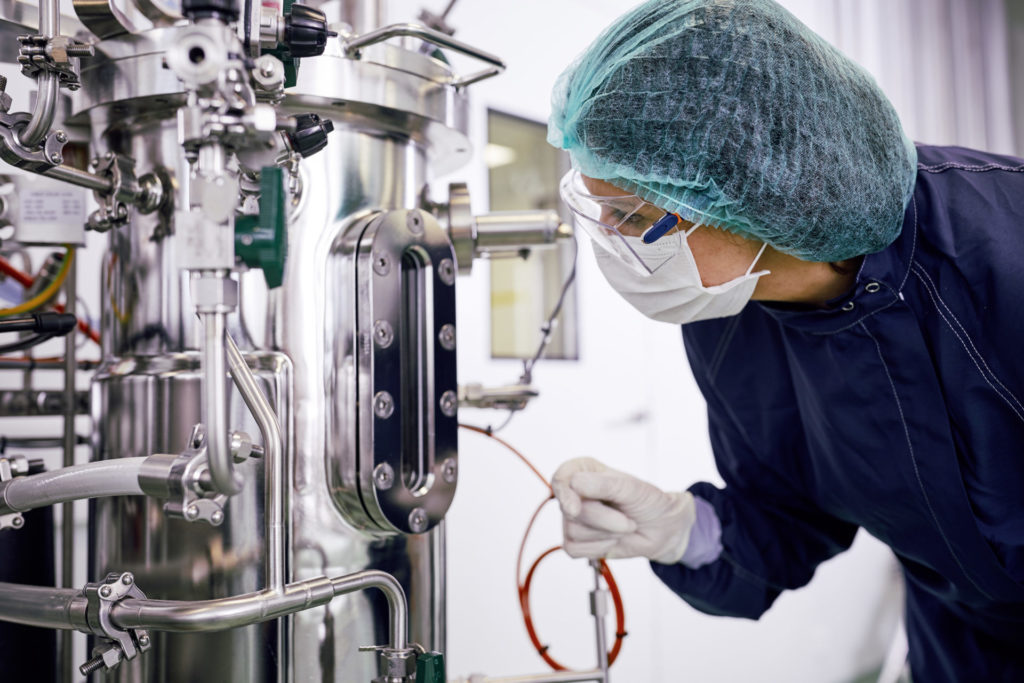Achieve precision and reliability with Endress+Hauser’s iTEMP temperature transmitters
Temperature measurement is a decisive factor in many industrial processes. Across all industries, accurate, fast and reliable measurement of process […]
Large molecule development and therapeutics is a segment of the life science industry that usually targets specific population groups to treat specific diseases. The process involves optimizing the protein production machinery of the cells in a living host.
We understand some challenges to manufacturing in the biopharmaceutical industry are:

Raman spectroscopy overcomes these challenges by offering continuous monitoring of multiple attributes with a single in situ probe. Also, a single analyzer paired with multiple probes enables in-line, real-time bioprocess monitoring and control of several process streams, including asynchronous unit operations. Manufacturers can use Raman to improve product quality, speed up cycle times, increase yields, and perform cross-scale method transfer from lab to manufacturing.
In addition, Raman spectroscopy aligns with industry initiatives like Process Analytical Technology (PAT) and Quality by Design (QbD). The technology enables in-line control and optimization of the process as well as better quality assurance and risk management.
The use of Raman technology in the biopharma industry has been growing over the last few decades. One of the most significant innovations in Raman technology for bioprocessing is lab-to-process scalability. Raman systems are now commercially available with analyzers, probes, software, and accessories compatible with all stages of bioprocessing. This scalability offers significant advantages during product development.
New Raman probes meet the exacting biopharma industry requirements, including strict material standards, sterilization, port compatibility, and convenience. They feature stainless steel surfaces, fit the ports of small and large-scale bioreactors, and offer compatibility with cleaning and sterilization protocols.
Raman technology partnerships are also creating new opportunities for high throughput process development to generate robust models from a single run. The resulting Raman instruments integrate with micro and mini bioreactor systems and single-use production bioreactors.
Raman technology helps achieve PAT objectives like minimizing process variability and development time while maximizing productivity, process robustness, and product quality.
As the biopharmaceutical industry continues to move toward new frontiers in automation – single use, continuous manufacturing, and other applications areas – it is critical to choose a Raman provider with a comprehensive portfolio. Endress+Hauser has been an industry thought leader for decades with a proven track record of biopharma customer success. Let us help you solve your current and future application measurement challenges!
If you have questions about Raman technology, please reach out to our spectroscopy experts.
Temperature measurement is a decisive factor in many industrial processes. Across all industries, accurate, fast and reliable measurement of process […]
In upstream bioprocessing, the product is the process. Having a consistently high-quality process means that the product’s Critical Quality Attributes […]
When it comes to finding the right level technology for the specific needs within your industry, it can be a […]
Comments